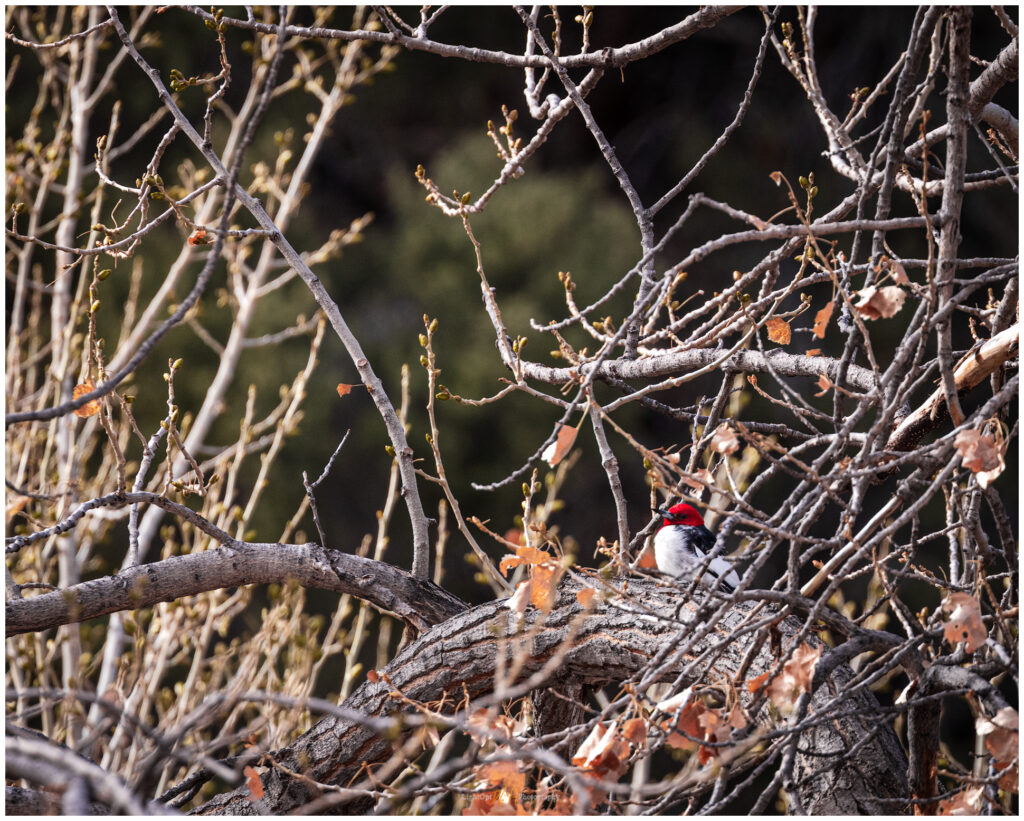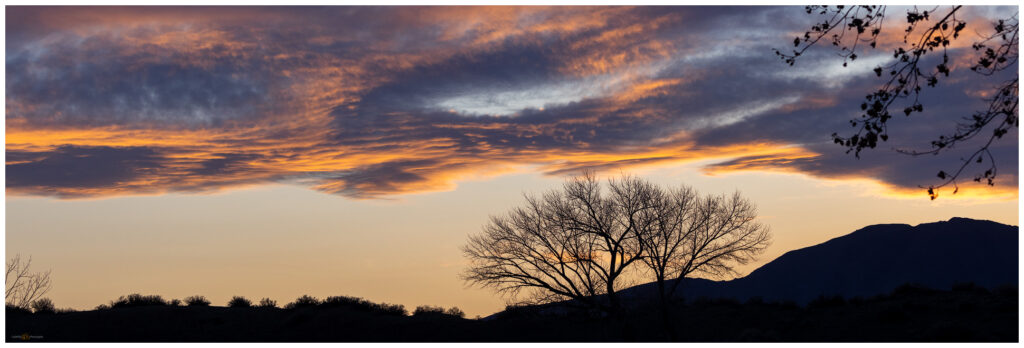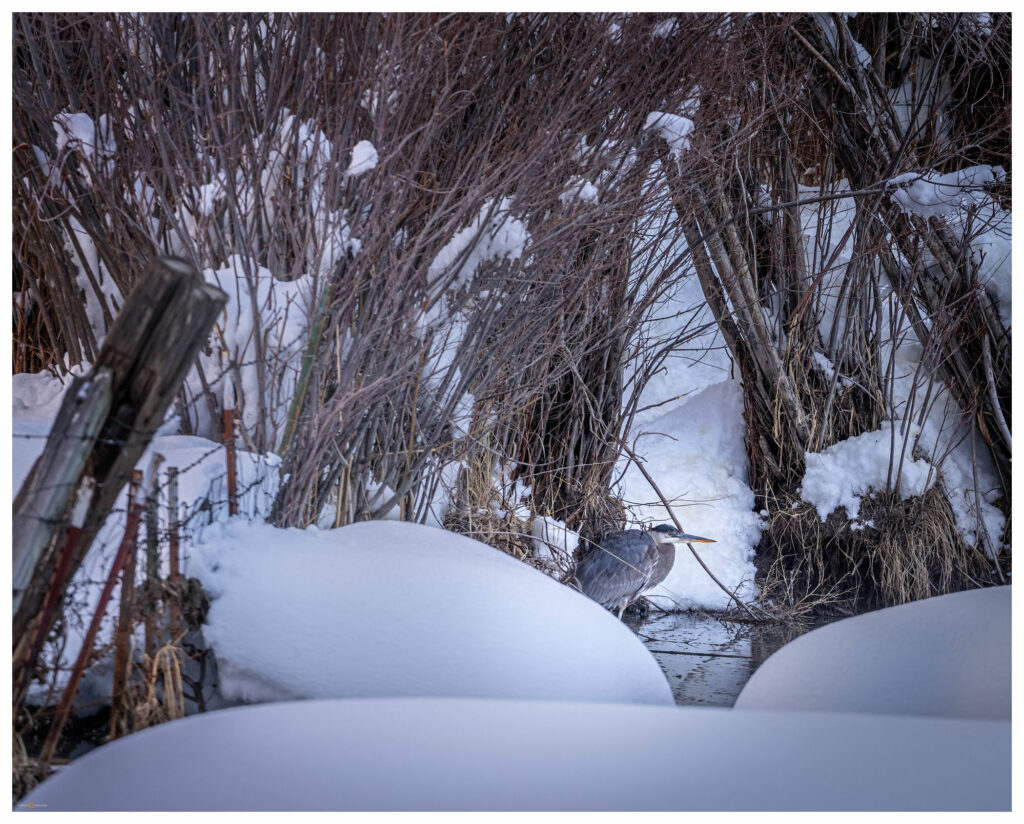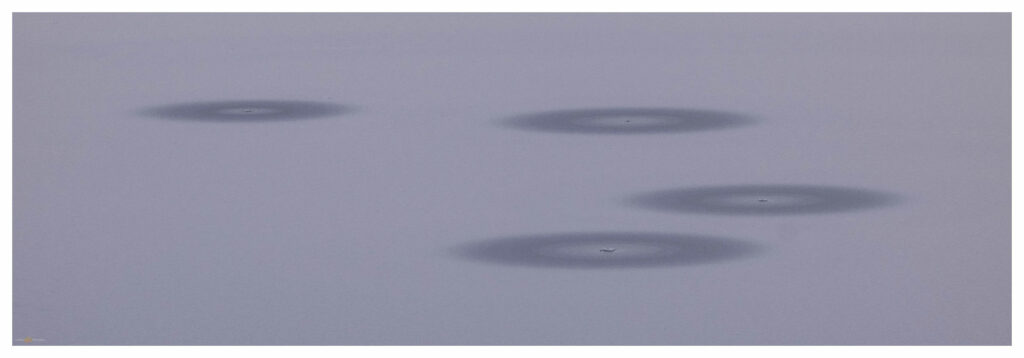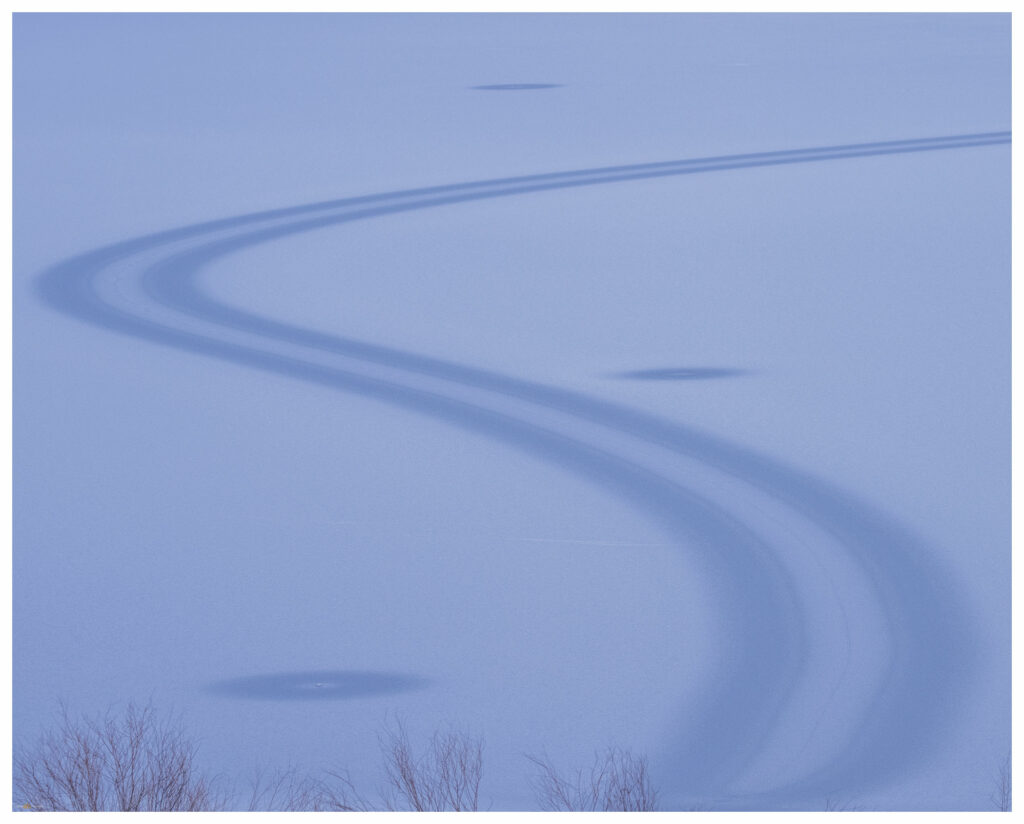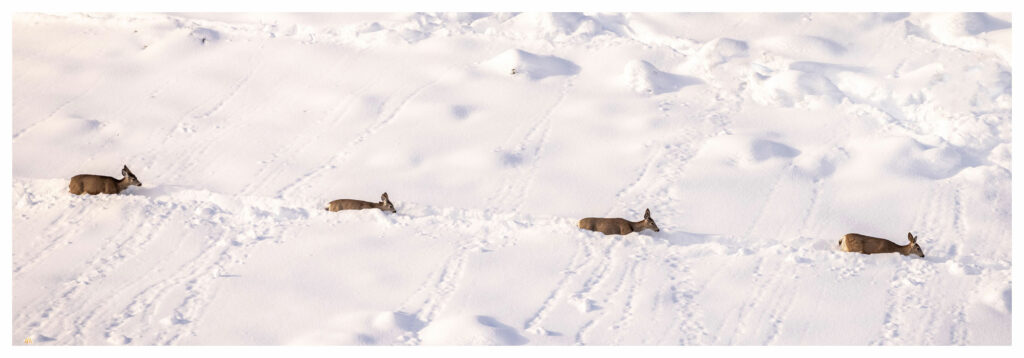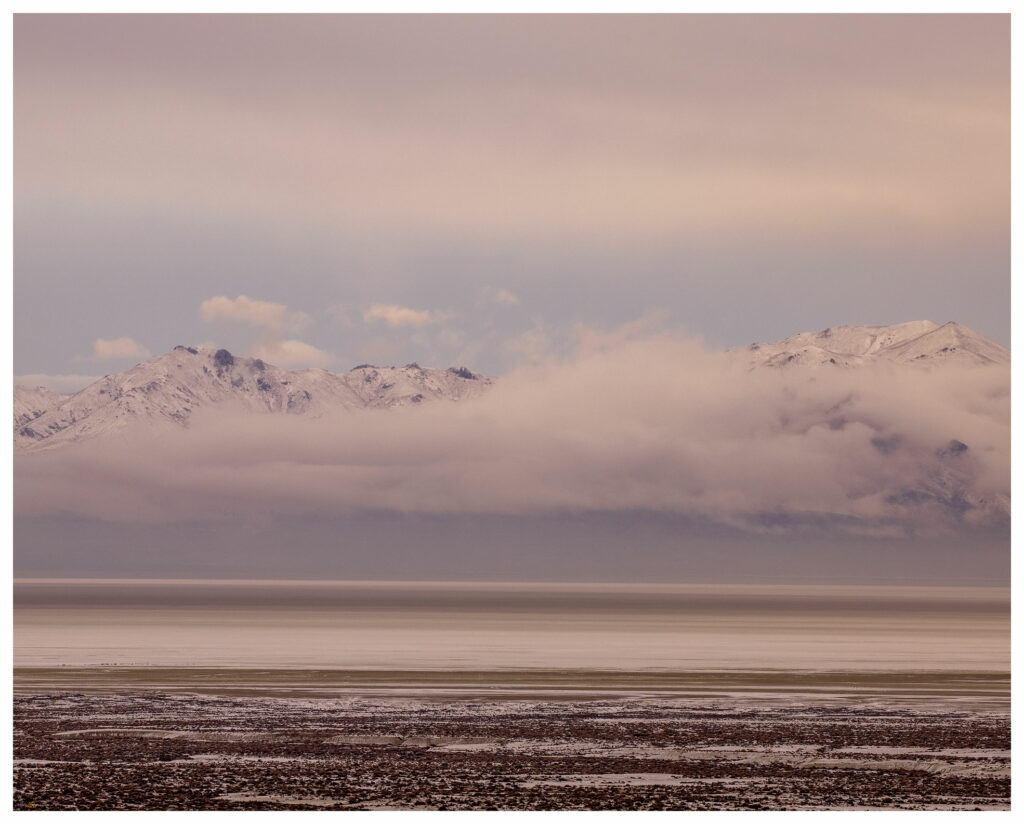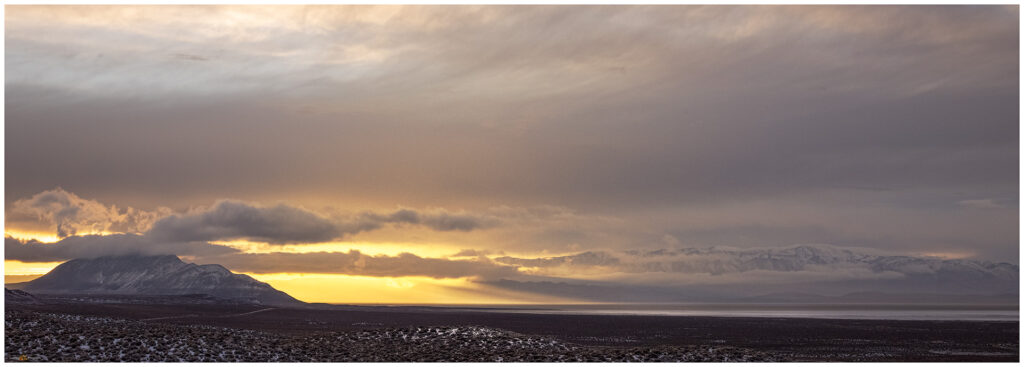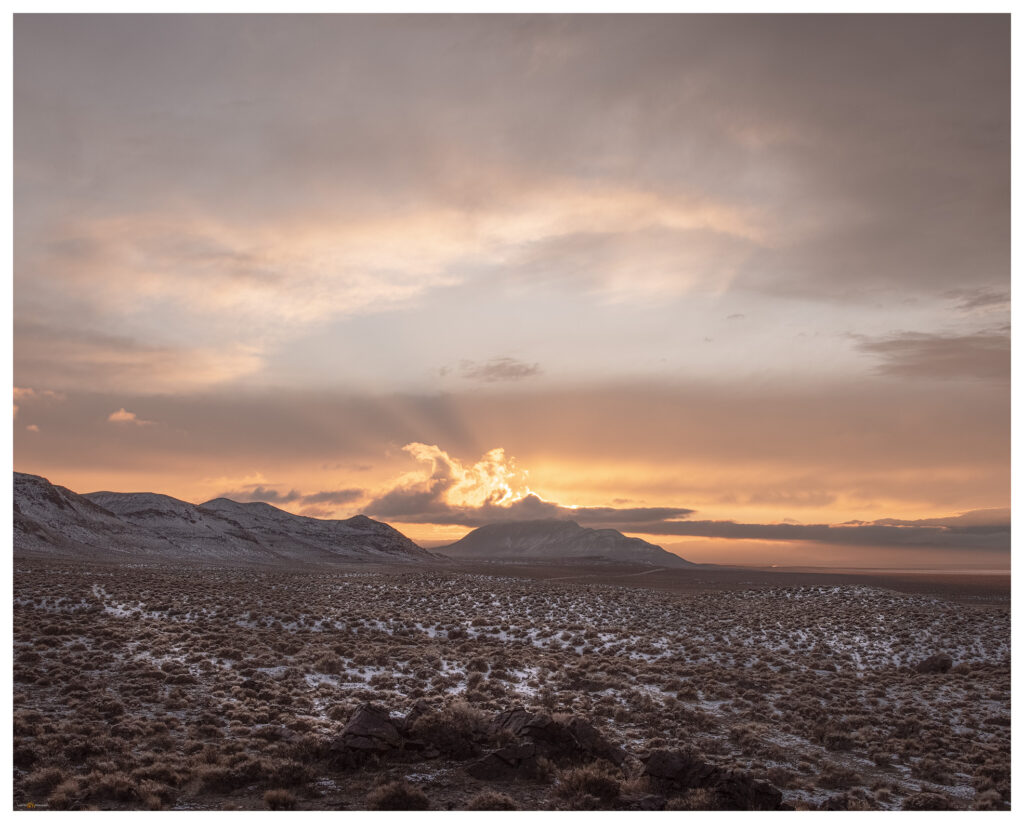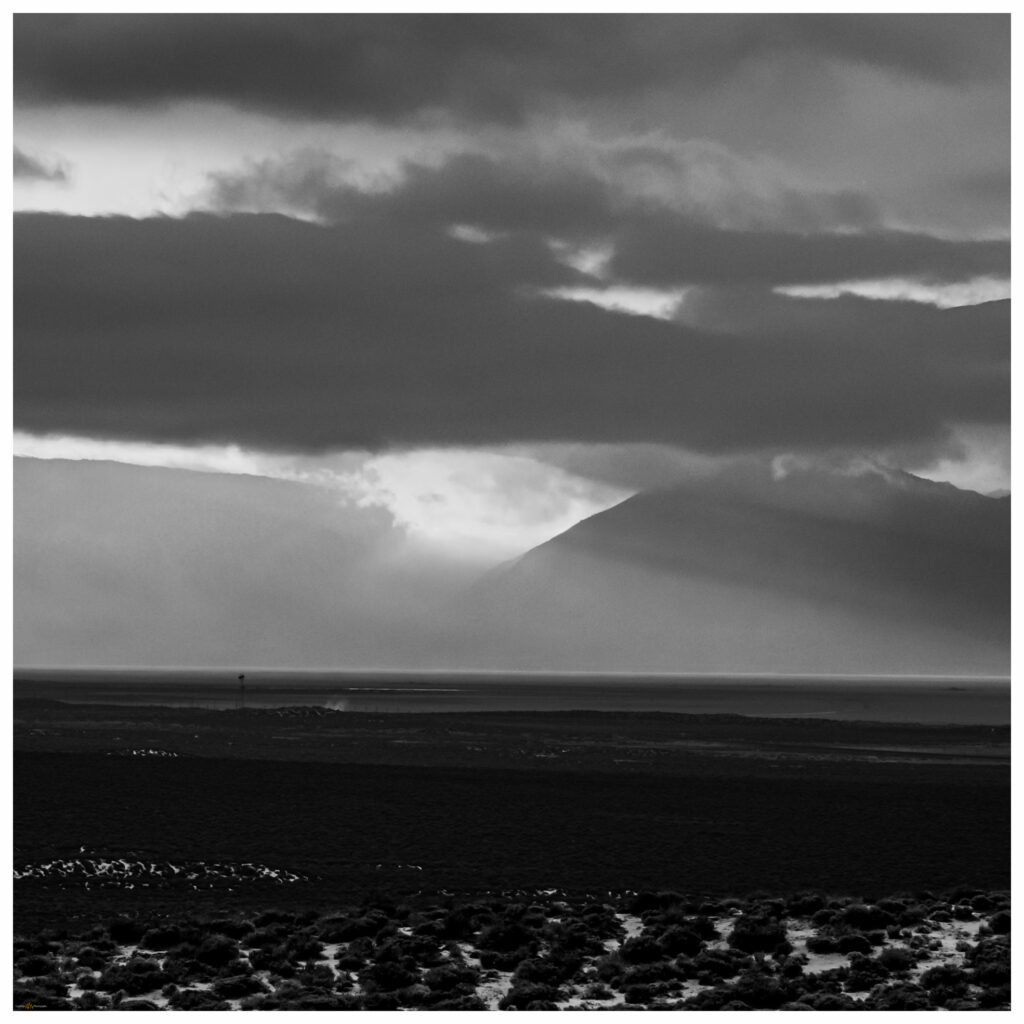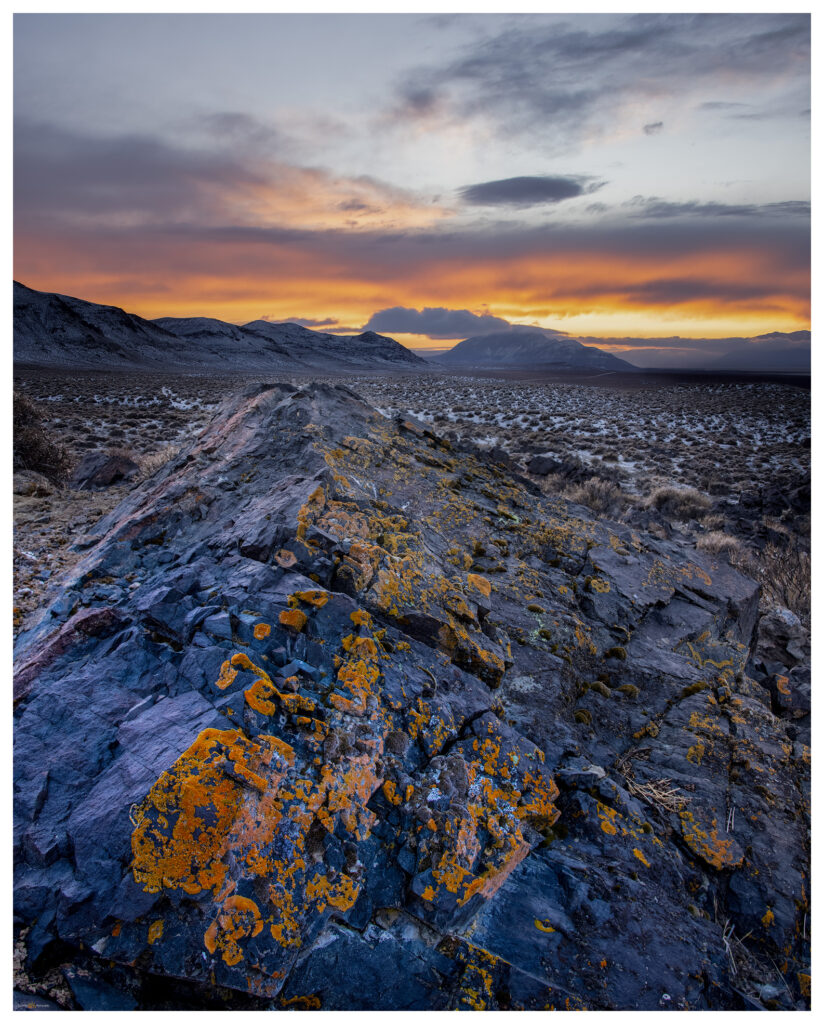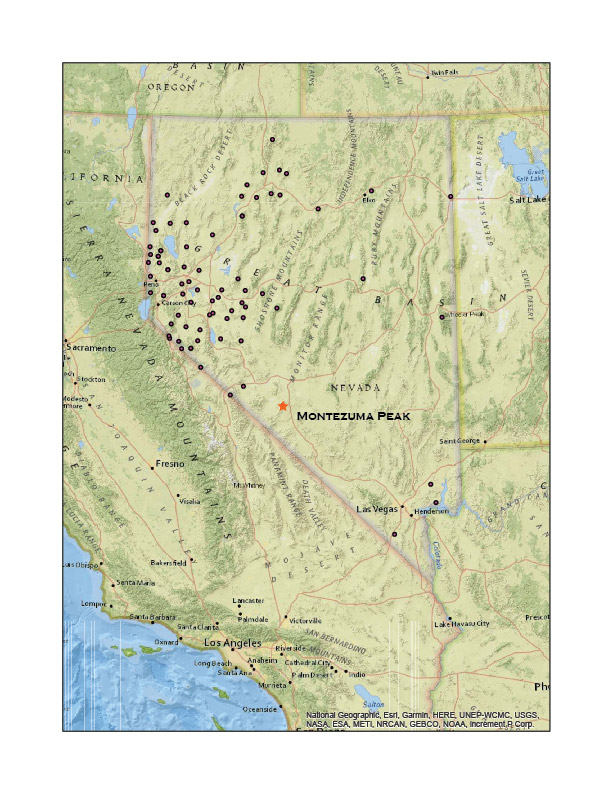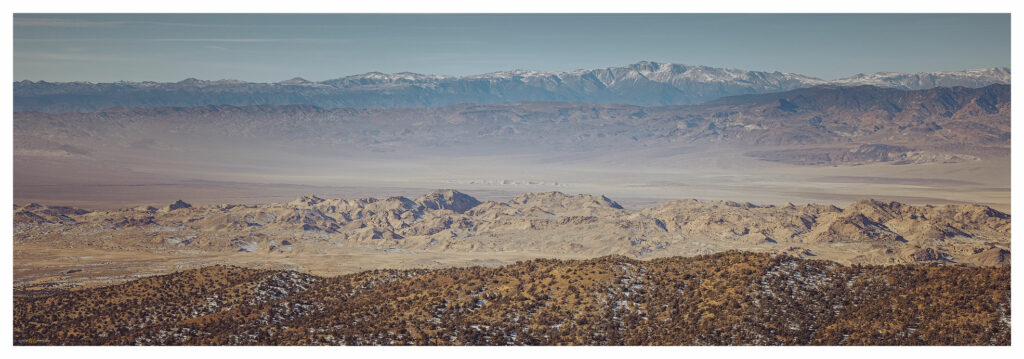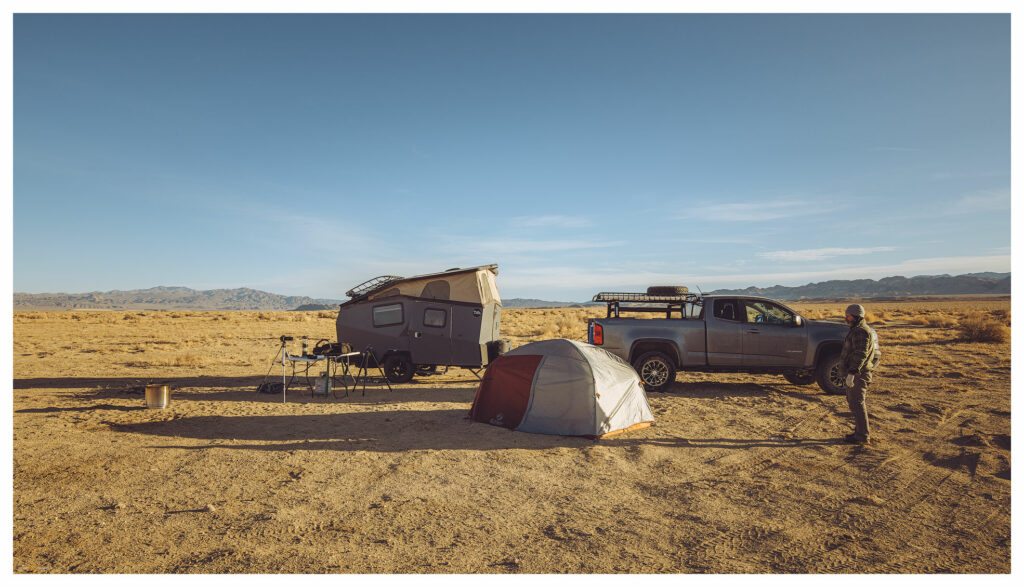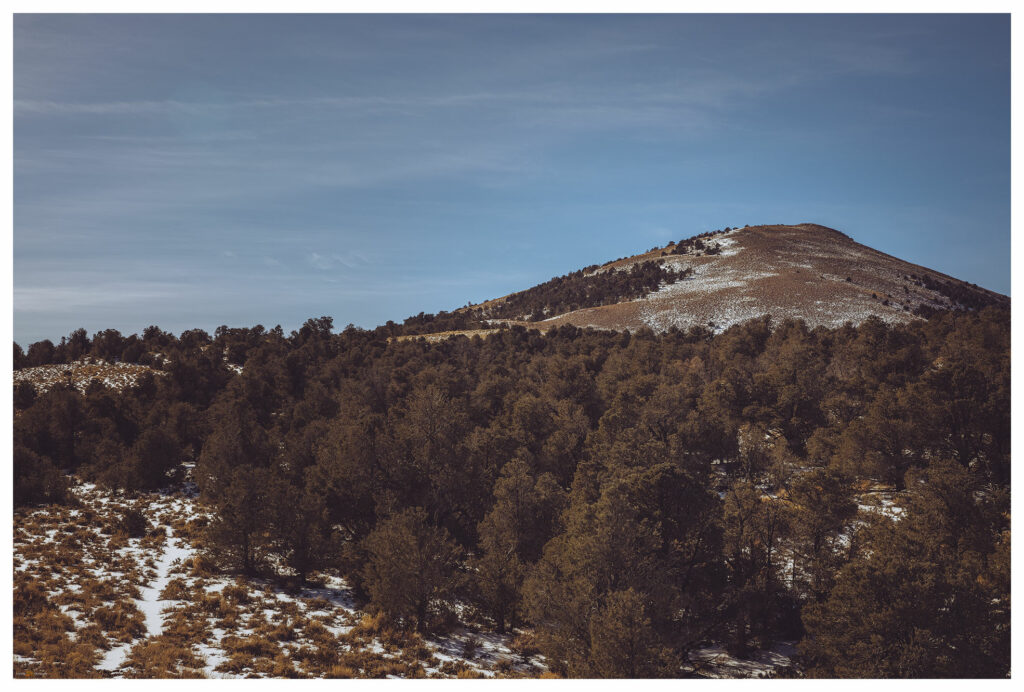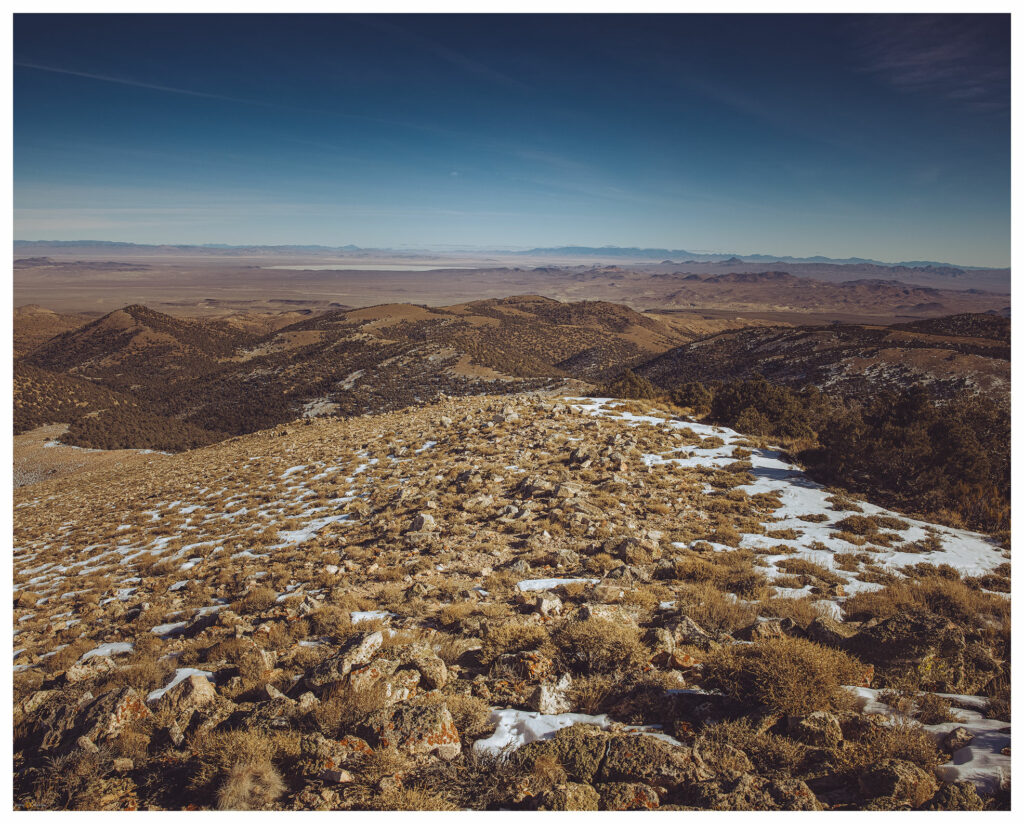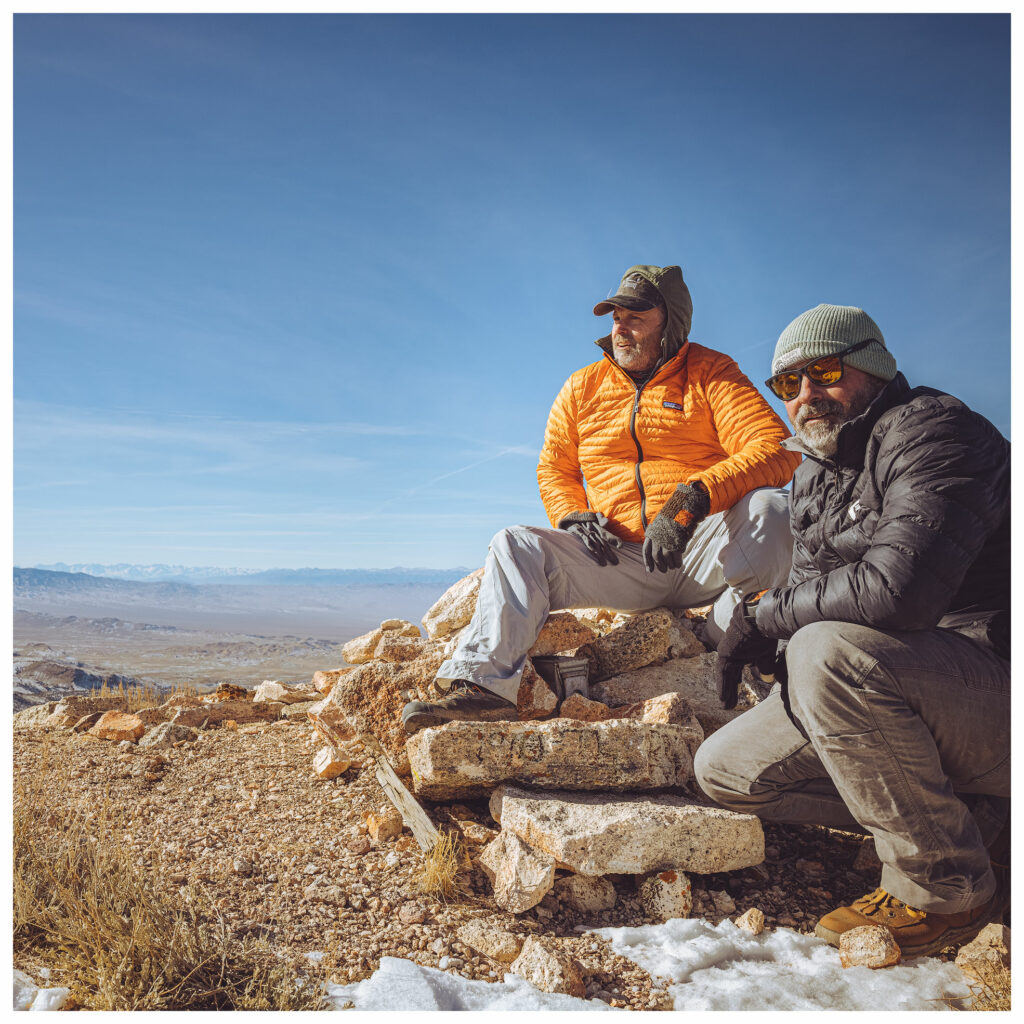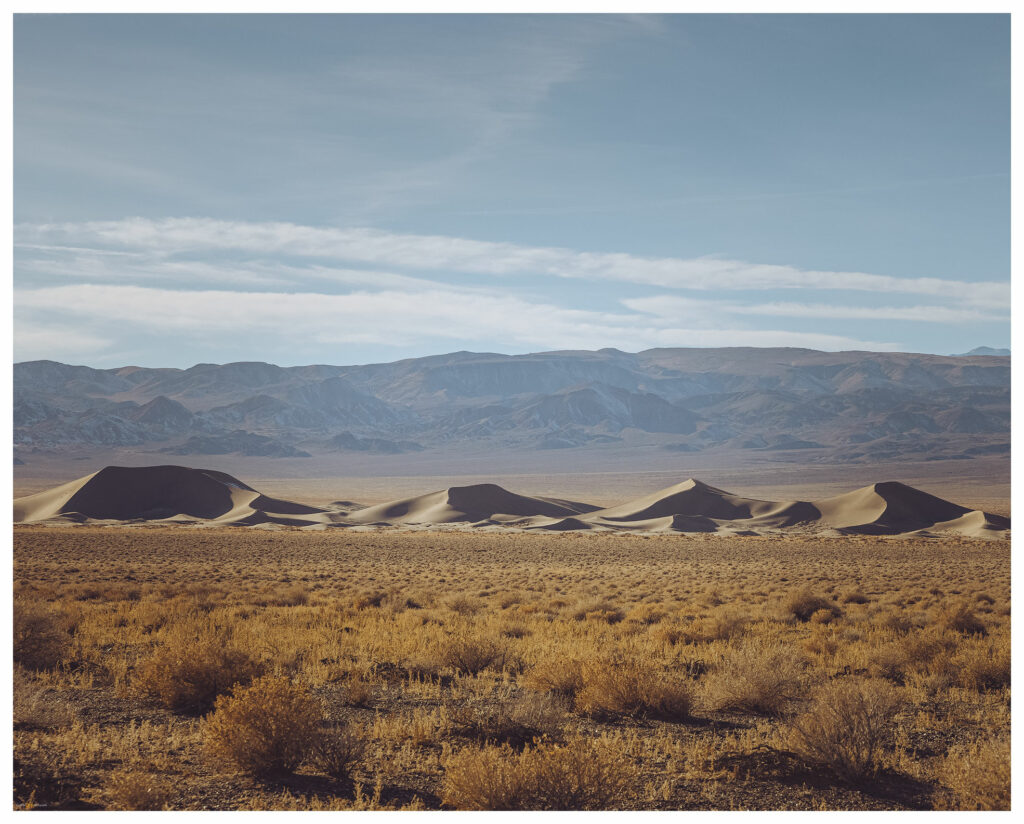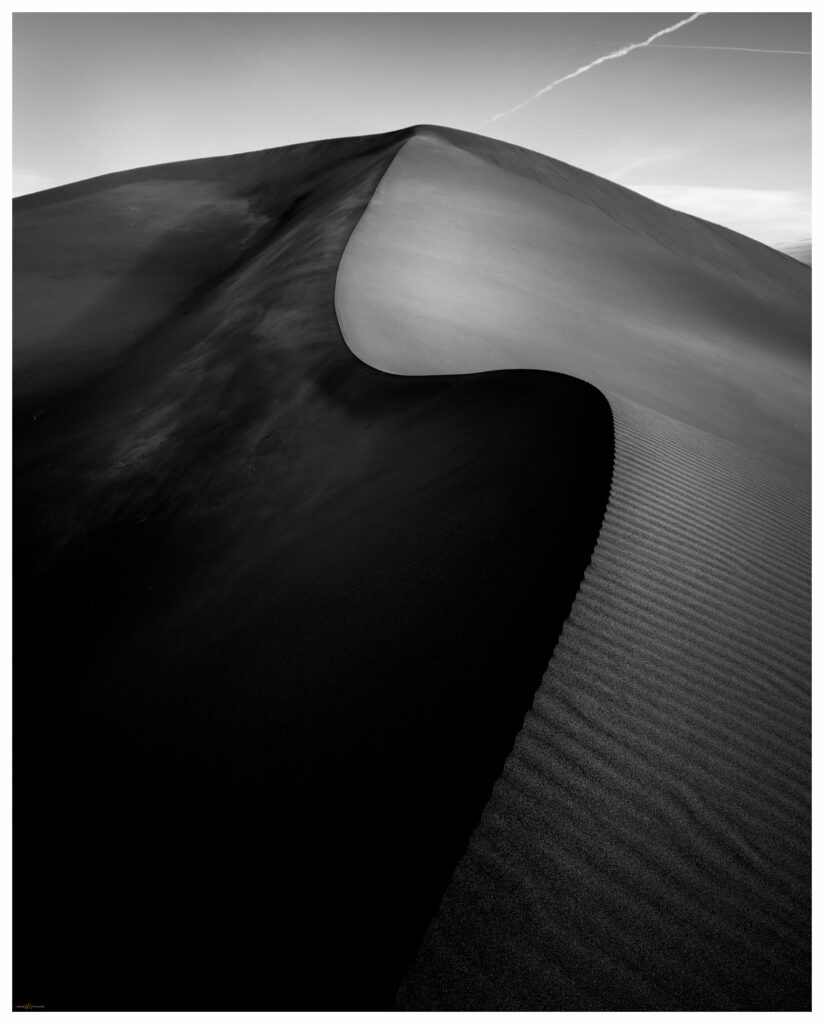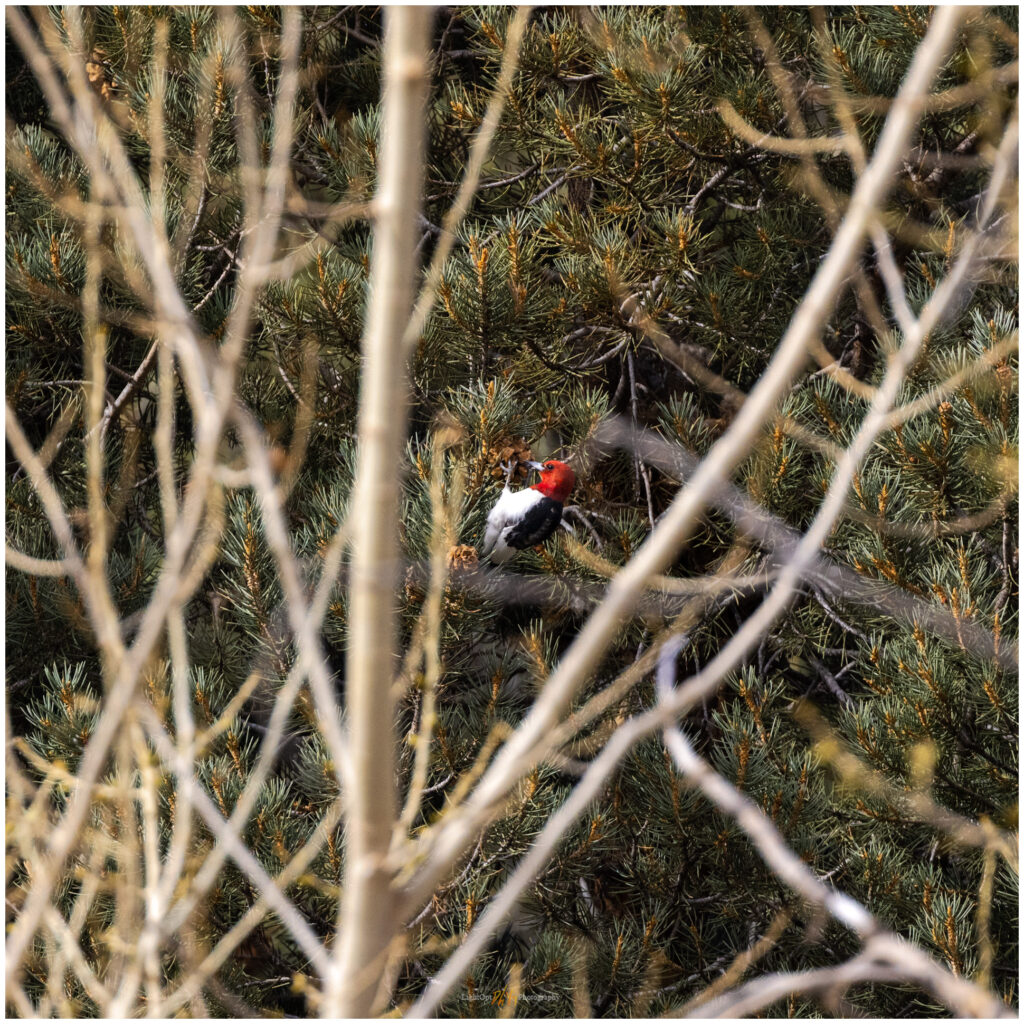
Ok, this is not a bird photography website. It just happens that this was an interesting week.
Six-Mile Woodpecker Collection
After our brief birding excursion along the East Walker River, Desna heard that a Red-headed Woodpecker had taken up brief residence in Six Mile Canyon in the Virginia Range, just below Virginia City, Nevada. This is interesting because the poor bird seems to be a bit lost. Their common range is east of the Rocky Mountains, with only occasional appearances in the West.
Des made a successful sighting in Six Mile Canyon, along with a few other Reno-Carson-area birders out to add this to their lists and to enjoy the attractive, colorful bird. She said I should get up there and get him for my new avifauna image list. That was recommendation enough, so I went up early on a weekday morning – strange to drive into Six Mile and up to the outskirts of Virginia City, a place we lived for almost ten years. Happy to see Shaun and Debbie right off; Desna had also let them know that they had a visitor in their town.
We waited along the road, hoping he would come out for some morning foraging. This was the reported pattern. Sure enough, after about 45 minutes of waiting, I saw the white wing-flash, moving from the pinyon forest on the hillside to the cottonwoods of the riparian corridor. Unfortunately, the daily flow in the Six Mile drainage is augmented by the town’s effluent plant. But the birds do not seem to care.
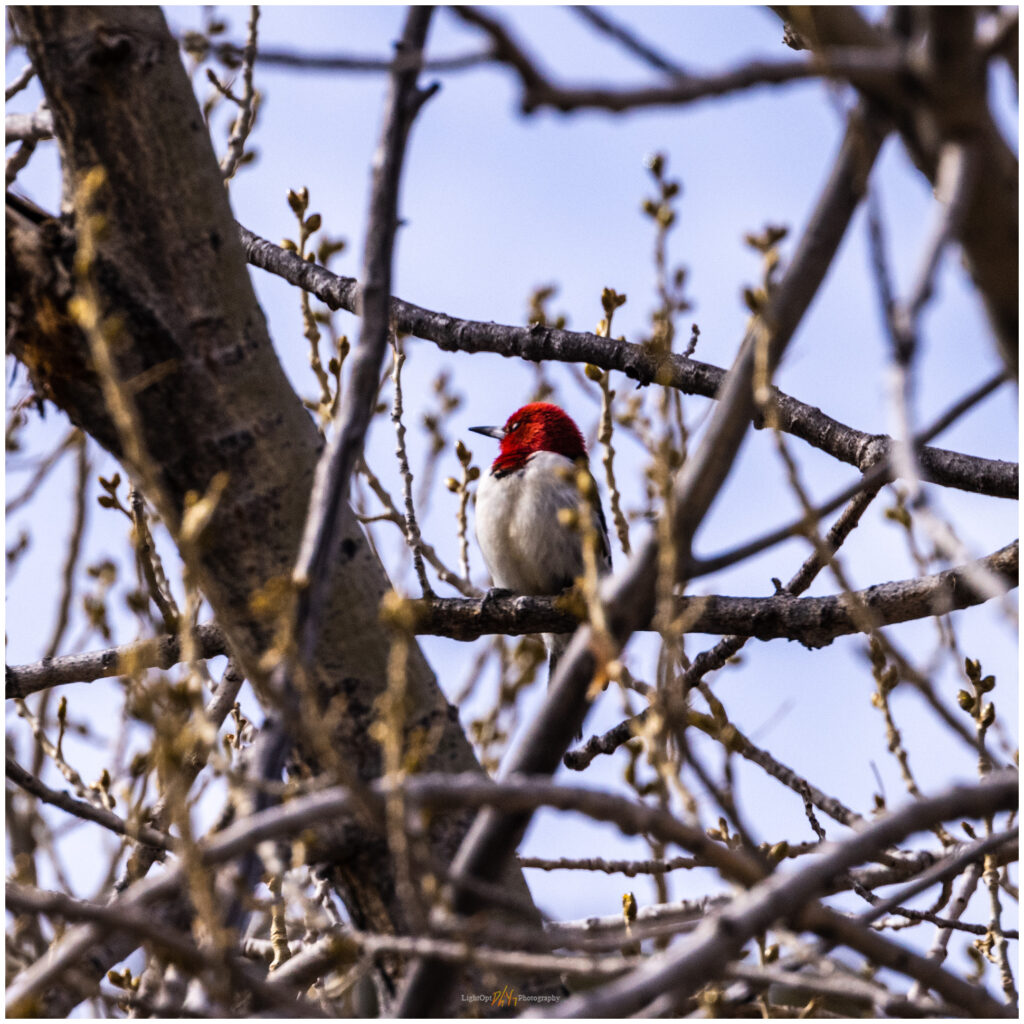
The Red-Headed Woodpecker worked his way around the cottonwoods. It was a challenge to capture images of the bird as he was adept at hiding in branches and trunks as he forages. We lose sight of him for long periods and then he reappears in a flush of red and white. Although my images are pretty good (I still need to develop the skill of getting a few more sharp images) it is very fun to share some time with a relatively uncommon bird. I have only been ‘birding’ for a few days, and I now have a rare one on my short list. Very fun, with more practice to come.
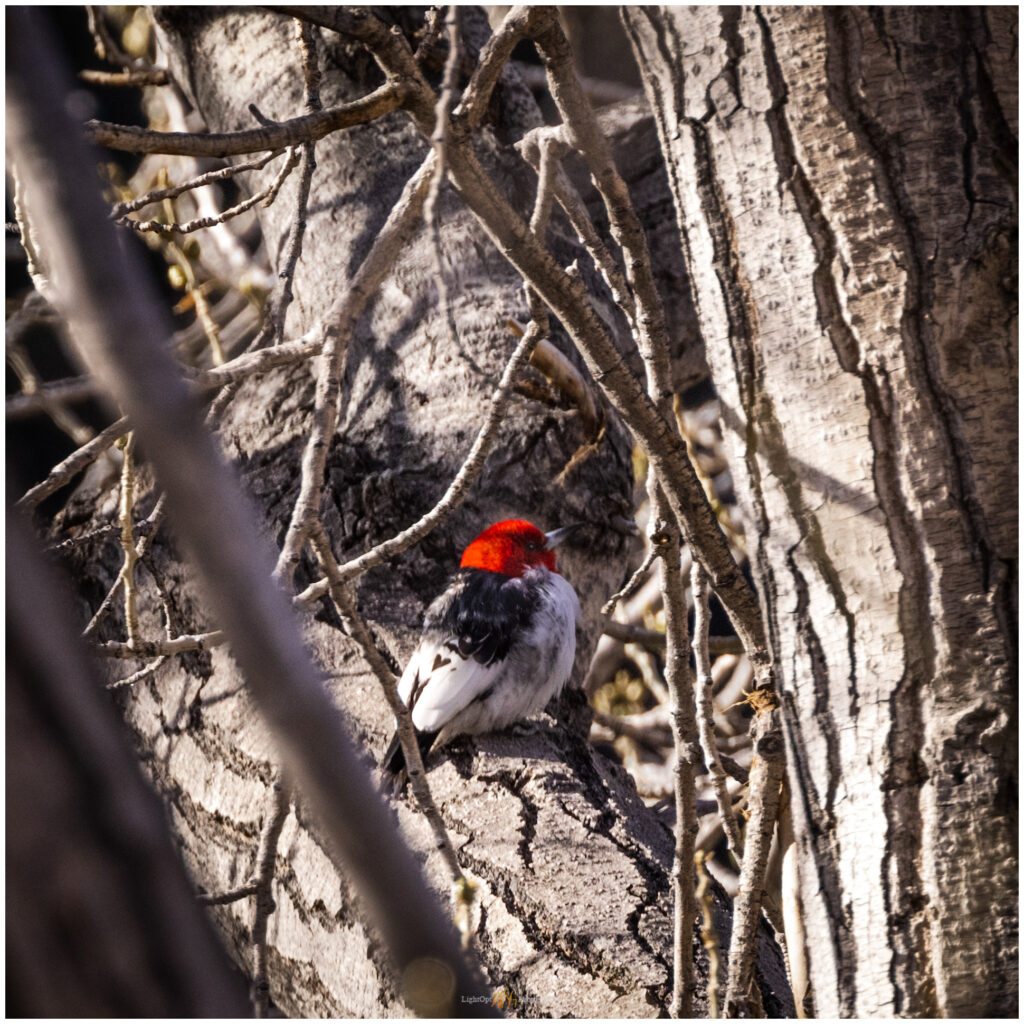
Six-Mile Woodpecker Collection
Bird Image List: Red-headed Woodpecker
Keep going.
Please respect the natural and cultural resources of our public lands.
